Transformation to digital health: What does the future hold?
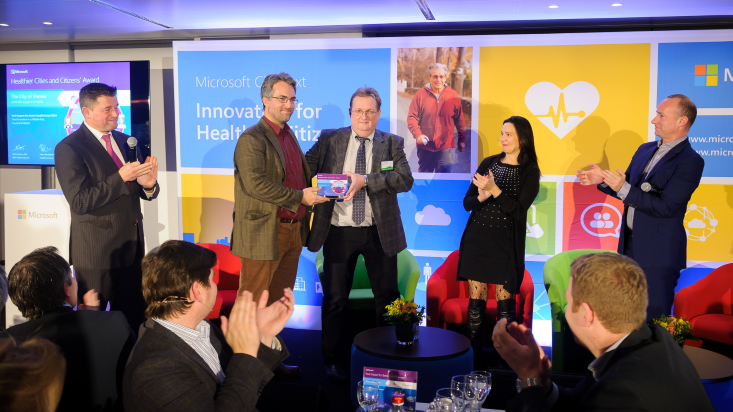
It was an honor to host the 4th edition of the EU Health Innovation event this past December, which was attended by more than 170 health professionals, CIOs, health regional authorities, city leaders, health technology providers, and stakeholders. The focus was on the journey to Digital Health and the future of health services’ delivery.
At Microsoft, when we characterize the future, we see a mobile-first, cloud-first world. At our core, we are the productivity and platform company empowering organizations to do more and to achieve more in this mobile-first, cloud-first world.
So what does this mean for health organizations and health professionals? And what holds us back in the healthcare sector?
Innovative health organizations have started to experiment and embrace opportunities enabled by cloud and mobile solutions at scale. However, they remain the exception rather than the norm, and the health sector isn’t moving fast enough on the road to rapid transformation.
At least across Europe, our collective ability to succeed and transform is restrained by the level of confidence—or lack thereof—that organizations have in the cloud. Nonetheless, the question at hand remains not “if” but “when and how” to move to the cloud in health. We tackle some of the health organizations’ concerns in the recently released European Cloud Risk Assessment Framework.
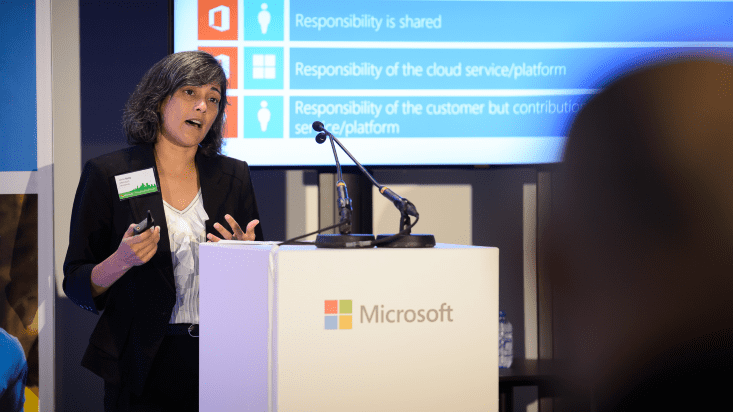
This is yet another stepping-stone in our ongoing commitment to achieving the Trustworthy Cloud. The framework is a comprehensive resource to help health customers and partners embrace the cloud with more confidence. It features a detailed matrix of privacy and security controls, providing insight into the shared responsibilities of cloud services’ providers and cloud customers.
Complementing information from the framework with real day-to-day practice, panelists at the EU Health Innovation event demonstrated that cloud-enabled health is a reality that delivers value across countries and organizations. A few inspiring examples:
- Uwe Pöttgen, CIO at Malteser, a major charitable relief organization in Germany, spoke about how Malteser moved to a hybrid cloud platform to better serve its 48,000 volunteer workers. The organization is now more flexible and therefore more “patient oriented”—which is one step beyond being patient-centric. The mobile volunteers can easily check for the latest information on patients, schedule meetings, organize visits, and book resources from rooms to vehicles across 700 locations.
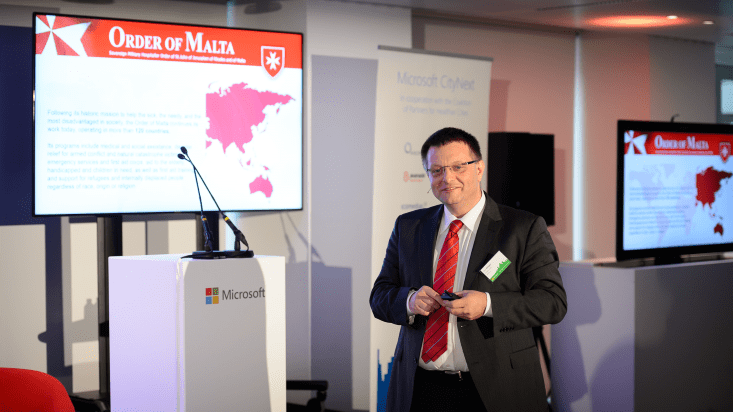
- Mark Taglietti, Head of ICT Service Delivery at University College London Hospital NHS Trust, discussed his organization’s move to the cloud, including finding the right way to undertake the required compliance and due diligence journey. He is open to sharing lessons learned with other Trusts interested in moving to the cloud.
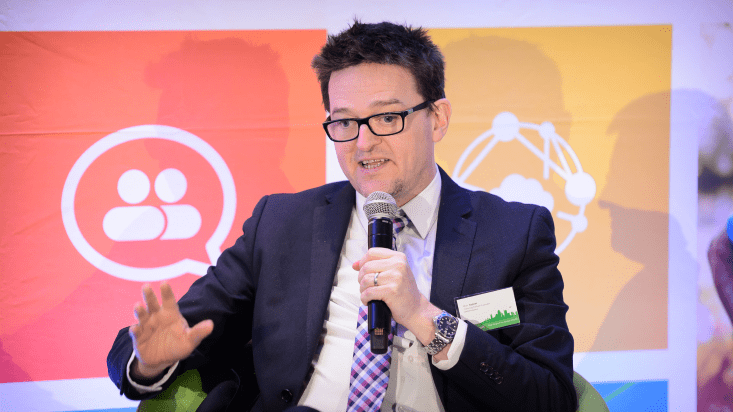
- The City of Vienna, with the support of Atos, is taking advantage of the cloud for its new epidemics’ management solution as a service. The fully scalable solution, which runs on Microsoft Azure, is designed to address any type of disease, condition, or pathology.

- Combining mobility and the cloud is the way to achieve scalable health services’ delivery, enhance clinical research, and even empower oncology patients, as in the work led by Dr. Erard le Beau de Hemricourt, Chief Medical Officer at Esperity in Belgium. Clearly, there will be no real transformation in our sector without access to the scalable, economical computing capabilities required to unearth and process hidden patterns in an exponentially growing amount of health data.
- Health systems that take advantage of the combined power of health analytics and the cloud are poised to deliver more personalized, accessible, ubiquitous, and increasingly predictive care. Jorge Salluh, Vice President of Operations at Epimed, demonstrated how the hospital network Rede D’Or uses the cloud to analyze data from 1,000 ICU beds and cut infection rates by 20 percent. In Brazil today, 32 percent of ICUs use this solution to monitor 10,000 beds in more than 350 hospitals.
- A Microsoft health partner out of Poland, Kamsoft, showcased how the Regional Hospital in Suwałki leapfrogged to replace paper patient medical records with highly secure electronic documentation. The comprehensive computerization of the hospital has led to higher-quality patient care through 30 percent faster access to relevant medical information.
- Connecting remotely from Abu Dhabi, UAE, George Yacoub, Group CIO at SEHA, was bold about his organizational vision of a cloud solution that serves the needs of every clinician and patient.
All of the participants offered great stories about how technological advances are promoting better healthcare delivery. What our sector needs is even more pioneers from regional and city authorities, health institutions, technology platform providers and technology innovators to drive these changes at rapid pace and broad scale. One more example is the challenge met by Sláinte Healthcare, together with Microsoft and partners, in supporting Operation Smile’s recent mission to Hanoi, Vietnam.
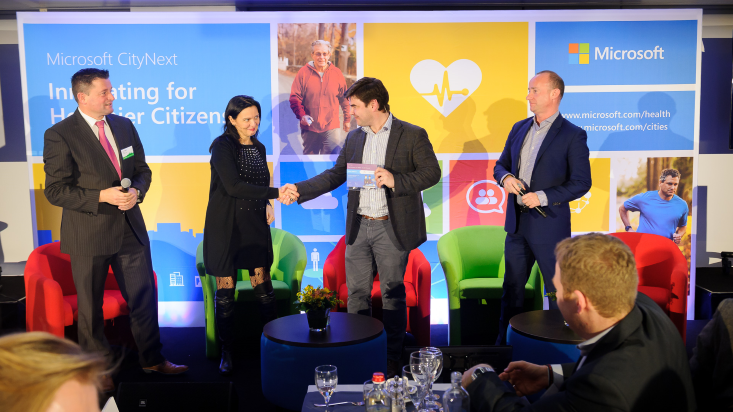
There is no better time to be in healthcare and in the field of health technology innovation. The future of health is built around better engagement, patient empowerment, ubiquitous care team collaboration, mobile experiences, and actionable insights—all enriched by a world of sensors and data processed, stored, and analyzed through a rich ecosystem of solutions. The wealth of experiences and the exchange of ideas witnessed during this event provided even more hope that we are about to take the next leap in this transformation toward digital health.
Have a comment or opinion on this post or a question for the author? Please send us an email or let us know on Facebook or via Twitter.




